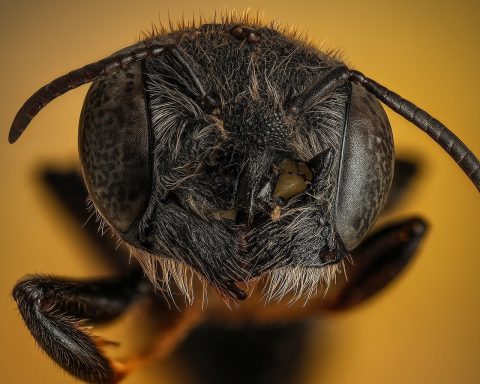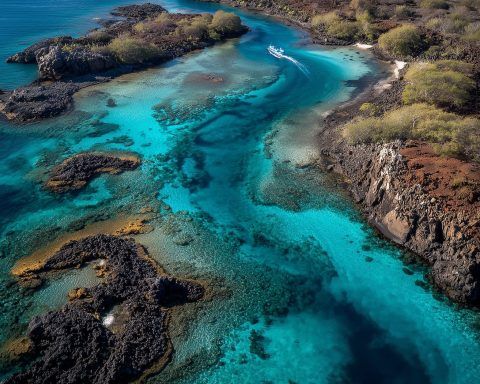
Northern Lights 2025: How to See Tonight’s Aurora and Photograph It Like a Pro
If it feels like everyone is suddenly posting Northern Lights photos, you’re not imagining it. A series of severe geomagnetic storms this week has pushed the aurora borealis as far south as Texas, Florida and California, with NOAA issuing a rare G4




